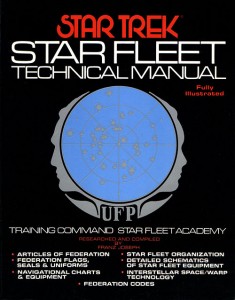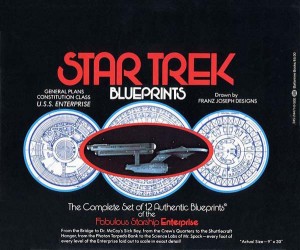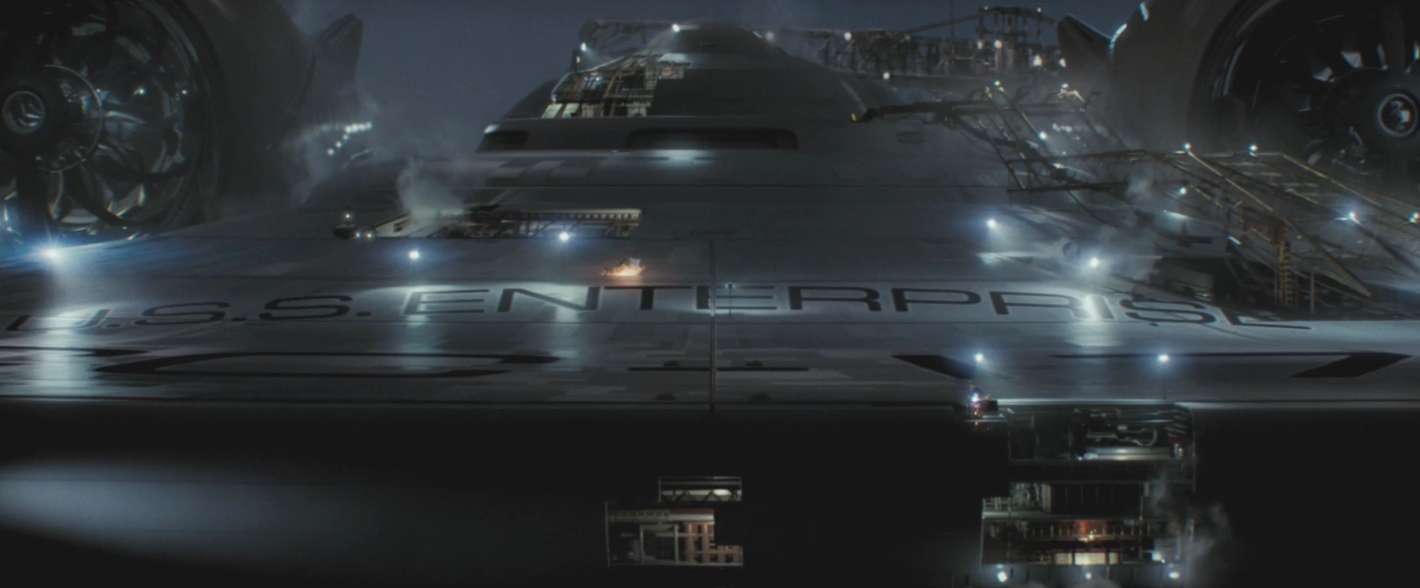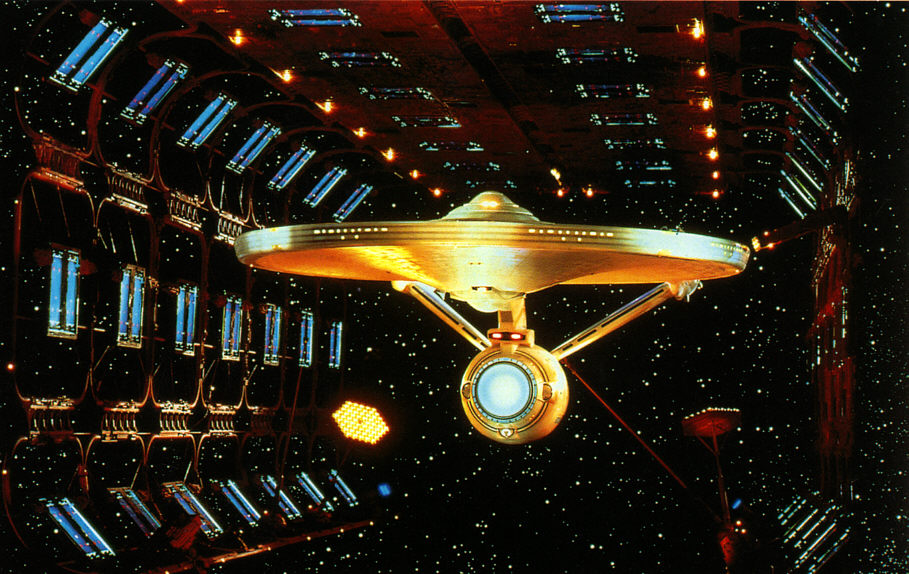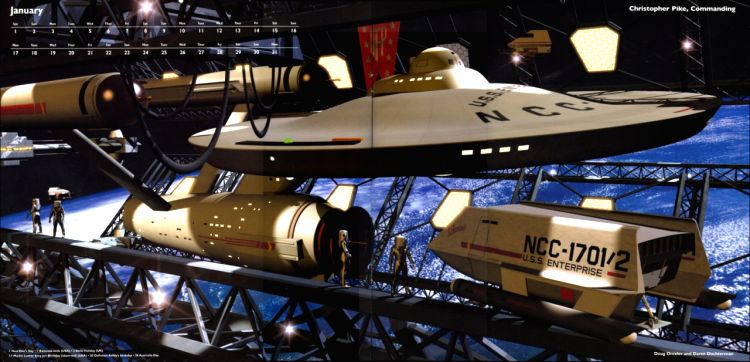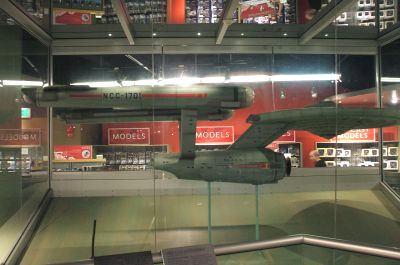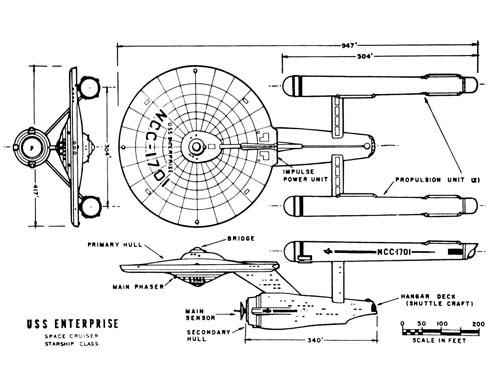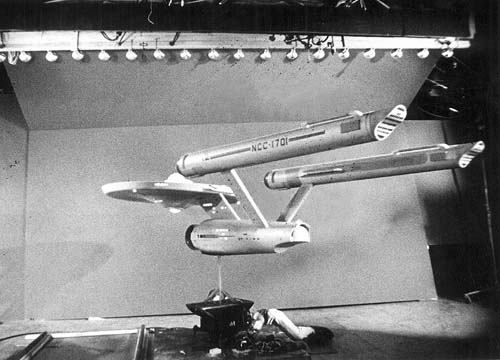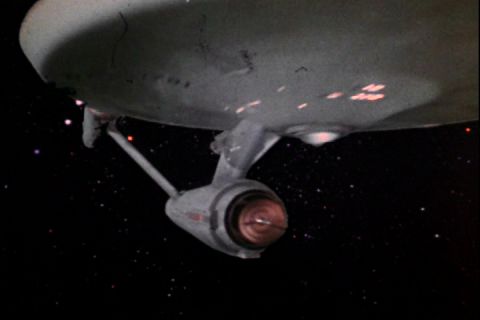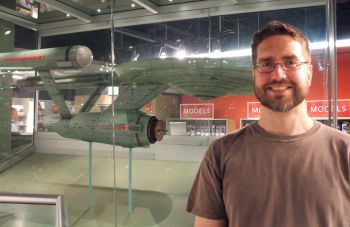In a neat coincidence, yesterday’s New York Times featured two articles that intersect around the concerns of internet piracy and intellectual property rights on the one hand, and struggles between fan creators and “official” owners of a transmedia franchise on the other. On the Opinions page, Rutgers professor Stuart P. Green’s essay “When Stealing Isn’t Stealing” examines the Justice Department’s case against the file-sharing site Megaupload and the larger definitions of property and theft on which the government’s case is based. Green traces the evolution of a legal philosophy in which goods are understood in singular terms as something you can own or have taken away from you; as he puts it, “for Caveman Bob to ‘steal’ from Caveman Joe meant that Bob had taken something of value from Joe — say, his favorite club — and that Joe, crucially, no longer had it. Everyone recognized, at least intuitively, that theft constituted what can loosely be defined as a zero-sum game: what Bob gained, Joe lost.”
It’s flattering to have my neanderthal namesake mentioned as the earliest of criminals, and not entirely inappropriate, as I myself, a child of the personal-computer revolution, grew up with a much more elastic and (self-)forgiving model of appropriation, one based on the easy and theoretically limitless sharing of data. As Green observes, Caveman Bob’s descendants operate on radically different terrain. “If Cyber Bob illegally downloads Digital Joe’s song from the Internet, it’s crucial to recognize that, in most cases, Joe hasn’t lost anything.” This is because modern media are intangible things, like electricity, so that “What Bob took, Joe, in some sense, still had.”
Green’s point about the intuitive moral frameworks in which we evaluate the fairness of a law (and, by implication, decide whether or not it should apply to us) accurately captures my generation’s feeling, back in the days of vinyl LPs and audiocassettes, that it was no big deal to make a mix tape and share it with friends. For that geeky subset of us who then flocked to the first personal computers — TRS-80s, Apple IIs, Commodore 64s and the like — it was easy to extend that empathic force field to excuse the rampant copying and swapping of five-and-a-quarter inch floppy disks at local gatherings of the AAPC (Ann Arbor Pirate’s Club). And while many of us undoubtedly grew up into the sort of upstanding citizens who pay for every byte they consume, I remain to this day in thrall to that first exciting rush of infinite availability promised by the computer and explosively realized by the Web. While I’m aware that pirating content does take money out of its creators’ pockets (a point Green is careful to acknowledge), that knowledge, itself watered down by the scalar conceit of micropayments, doesn’t cause me to lose sleep over pirating content the way that, say, shoplifting or even running a stop sign would. The law is a personal as well as a public thing.
The other story in yesterday’s Times, though, activates the debate over shared versus protected content on an unexpected (and similarly public/personal) front: Star Trek. Thomas Vinciguerra’s Arts story “A ‘Trek’ Script is Grounded in Cyberspace” describes the injunction brought by CBS/Paramount to stop the production of an episode of Star Trek New Voyages: Phase II, an awkwardly-named but loonily inspired fan collective that has, since 2003, produced seven hours of content that extend the 1966-1969 show. Set not just in the universe of the original series but its specific televisual utopos, the New Voyages reproduce the sets, sound effects, music, and costumes of 60s Trek in an ongoing act of mimesis that has less to do with transformative use than with simulation: the Enterprise bridge in particular is indistinguishable from the set designed by Matt Jeffries, in part because it is based on those designs and subsequent detailing by Franz Joseph and other fan blueprinters.
I’ve watched four of the seven New Voyages, and their uncanny charm has grown with each viewing. For newcomers, the biggest distraction is the recasting of Kirk, Spock, McCoy, and other regulars by different performers whose unapologetic roughness as actors is more than outweighed by their enthusiasm and attention to broad details of gesture: it’s like watching very, very good cosplayers. And now that the official franchise has itself been successfully rebooted, the sole remaining indexical connection to production history embodied by Shatner et al has been sundered. Everybody into the pool, er, transporter room!
I suspect it is the latter point — the sudden opening of a frontier that had seemed so final, encouraging every fan with a camera and an internet connection to partake in their own version of what Roddenberry pitched as a “wagon train to the stars” — that led CBS to put the kibosh on the New Voyages production of Norman Spinrad’s “He Walked Among Us,” a script written in the wake of Spinrad’s great Trek tale “The Doomsday Machine” but never filmed due to internal disputes between Roddenberry and Gene Coon about how best to rewrite it. (The whole story, along with other unrealized Trek scripts, makes for fascinating reading at Memory Alpha.) Although Spinrad was enthusiastic about the New Voyages undertaking and even planned to direct the episode, CBS, according to the Times story, decided to exert its right to hold onto the material, perhaps to publish it or mount it as some sort of online content themselves.
All of which brings us back to the question of Caveman Bob, Caveman Joe, and their cyber/digital counterparts. Corporate policing of fan production is nothing new, although Trek‘s owners have always encouraged a more permeable membrane between official and unofficial contributors than does, say, Lucasfilm. But the seriousness of purpose evidenced by the New Voyages, along with the fan base it has itself amassed, have elevated it from the half-light of the fannish imaginary — a playspace simultaneously authorized and ignored by the powers that be, like the kid-distraction zones at a McDonalds — to something more formidable, if not in its profit potential, then in its ability to deliver a Trek experience more authentic than any new corporate “monetization.” By operationalizing Spinrad’s hitherto forgotten teleplay, New Voyages reminds us of the immense generative possibilities that reside within Trek‘s forty-five years of mitochondrial DNA, waiting to be realized by anyone with the requisite resources and passion. And that’s genuinely threatening to a corporation who formerly relied on economies of scale to ensure that only they could produce new Trek at anything like the level of mass appeal.
But in proceeding as if this were the case, Green might suggest, CBS adheres to an obsolete logic of property and theft, one that insists on the uniqueness and unreproducibility of any given instantiation of Trek. They have not yet embraced the idea that, in the boundless ramifications of a healthy transmedia franchise, there is only ever “moreness”; versions do not cancel each other out, but drive new debates about canonicity and comparisons of value, fueling the discursive games that constitute the texture of an engaged and appreciative fandom. The New Voyages take nothing away from official Trek, because subtraction is an impossibility in the viral marketplace of new media. The sooner CBS realizes this, the better.


